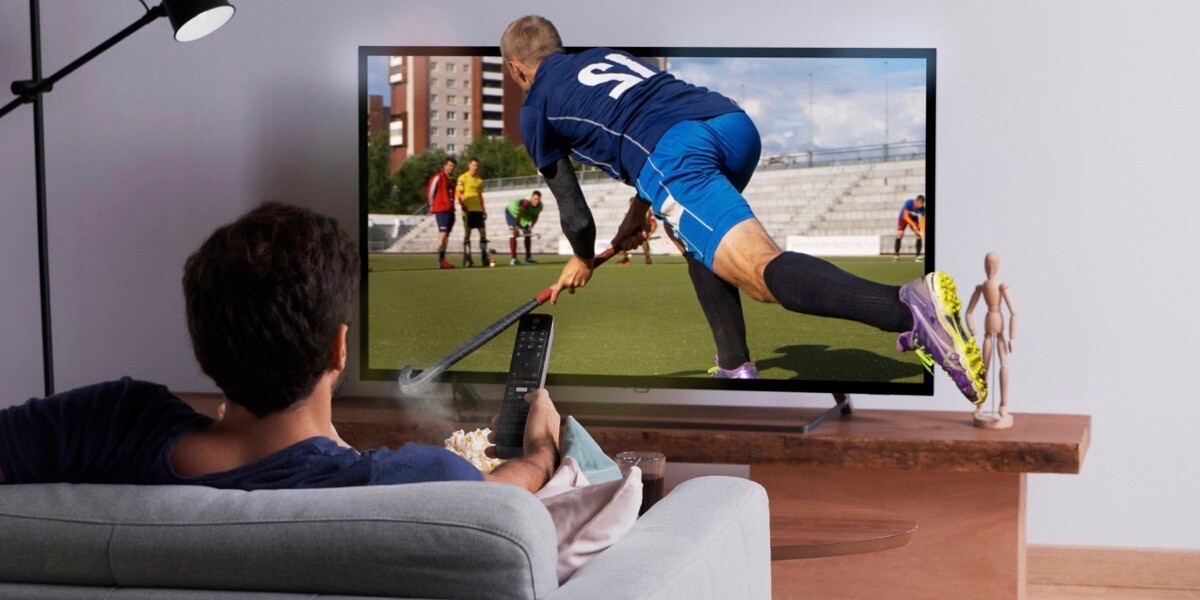
CTV advertising – a second wind for luxury brands?
Drastic changes caused by global pandemic greatly impact not only lifestyles but also our buying habits, interests, and attitudes. As a result of the lockdown and its financial consequences, people all over the world turned to buying less which posed a serious challenge for many brands – luxury retail brands, in particular. The recent data shared by these brands show that the luxury goods and services sector is being hit especially hard – Richemont reports their annual profits dropped 67%, Hermès has seen a 42% slump in sales, LVMH declares notable declines in profits, and this is just the tip of the iceberg.
On top of this, concerns regarding virus spread pushed the remaining customers to shift most of their shopping activities to e-commerce. As an example, if we compare the US online retail spend for the first half of the year (that reached almost $350 billion in 2020) to the same numbers from the previous year (around $266 billion) – there is a 30% increase that makes digital marketing channels especially valuable for many businesses across industries.
New solutions for luxury retail brands
Such a shift from the consumers’ side will inevitably lead brands to new solutions and marketing channels, such as CTV advertising or original video programming. For instance, according to a survey by IAB 89% of advertisers agree that original digital video programming is essential for their business’ media-buying and will make up a larger share of their marketing plan in the future. The reasons behind this are tightly linked to the potential benefits offered by this type of advertising, and the growing number of users in only one of them:
Local targeting
Although geofencing solutions are becoming more precise and sophisticated with each passing year, it seems that the demand for these will make way for local targeting this year as consumers are forced to spend more time at home. As a result, businesses switch their attention to households and their personalized marketing strategies are getting more oriented at consumers that are staying at home rather than targeting ‘on-the-go’ shoppers. This change, combined with the overall tendency to buy less, demands from luxury businesses to be more inventful and client-oriented in their marketing efforts.
To meet these demands, more and more brands turn to connected TV and digital video programming. With high amounts of data that users are sharing for access to connected TV store and other technologies, advertisers get a perfect opportunity to reach high-earning clients with precisely-defined interests without wasting their ad spend on loads of irrelevant impressions. These channels also provide granular reporting giving marketers even more capabilities to connect with their audience.
Brand safety
A real Achilles heel for countless marketing teams and well-known businesses, the issue of brand safety is far easier to handle for the campaigns within connected TV advertising environments. The thing is, CTV platforms don’t usually deal with user-generated content and, thus, cannot put brands at risk connected with it. Yet, some fraudulent attempts may occur on ETS now and then. With this in mind, DSP provides anti-fraud support to advertisers and mitigates risks on the CTV space.
Besides, the insights from precise real-time measurements of the campaign’s performance provided by the video advertising platforms can help you understand customers even better and ensure that your brand’s values resonate with them.
Better reach
Another benefit of CTV platforms is that they allow advertisers to reach versatile audiences across all demographics, such as:
- age
- gender
- income
- level of education
- professional occupation, etc.
This data shared by users within CTV store also makes it easier for the brands to segment their audiences. Millennials and Generation Z are among the most alluring audiences that are almost impossible to reach via traditional TV nowadays. Being some of the biggest demographic groups, Generation Z and Millennials also generate some of the greatest incomes for many luxury CTV brands. In particular, Millennials accounted for 32% of personal luxury spending and by 2025 this number is expected to reach half of the total market. At the same time, they are also among the biggest video streaming fans with an average daily time spent watching videos reaching as much as 7 hours. All this makes digital video programming a perfect medium for reaching the youngest of premium audiences.
The takeaways
Although COVID-19 pandemics still have its impact on brands across all industries, many brands started to seek alternatives to their offline marketing strategies. Luxury brands are among the hardest hit by the lockdown due to the dramatic changes in consumer behavior and shopping habits. Such alterations force many brands to look for new solutions and shift their marketing efforts to digital advertising and CTV video ads. One of the fastest-growing channels, CTV platforms offer unique solutions for advertisers to reach premium audiences with highly customized campaigns and precise measurements on their performance. They also ensure greater brand safety and access to the audiences missed by traditional linear TV. These benefits combined with the help of video advertising platforms create a perfect opportunity for a luxury brand to re-shape their strategies and get an even better connection with their customers.

